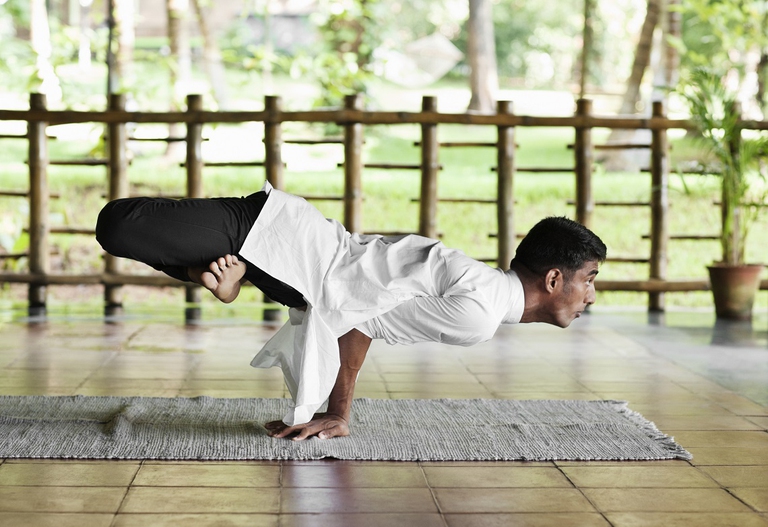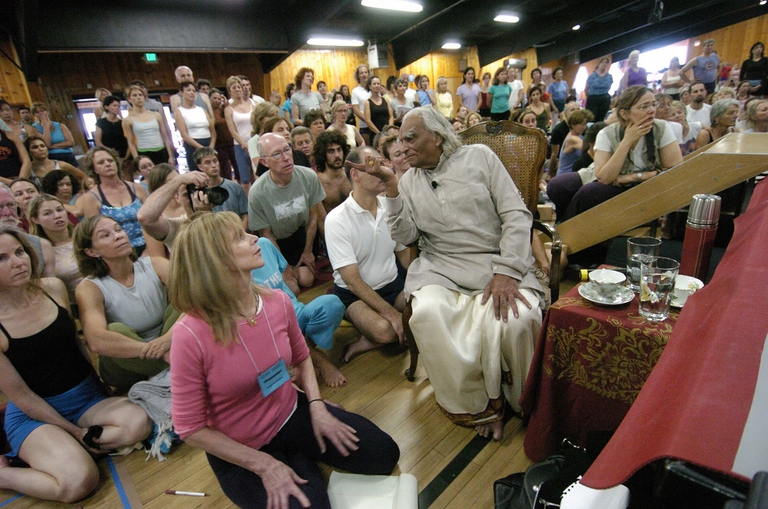
Kalongo Hospital in Uganda is on high alert. Medics are facing the pandemic amid an already precarious healthcare situation, in a country with only 55 intensive care beds.
Yoga is based on unifying the mind with the body and soul. The benefits of this ancient Indian discipline have now been recognised by Unesco.
Yoga, an ancient Indian discipline, joined the intangible cultural heritage list compiled by Unesco, the United Nations Organisation for Education, Science and Culture. The Intergovernmental Committee unanimously took the decision on 1st December during its annual session that took place in Addis Abeba, Ethiopia. The 24 members of the Committee adopted the resolution in recognition of yoga’s “influence on Indian society, from health and medicine to education and the arts”.
Unesco’s decision highlights how this practice is important for “unifying the mind with the body and soul to allow for greater mental, spiritual and physical wellbeing”. In addition, “it is practised by the young and old without discriminating against gender, class or religion” and “consists of a series of poses, meditation, controlled breathing, word chanting and other techniques designed to help individuals build self-realization, ease any suffering they may be experiencing and allow for a state of liberation”. In 2014 the United Nations proclaimed 21 June as International Yoga Day.
Yoga was officially developed in India and its origins go back to time unmemorable. Its origins can be traced through sacred scriptures that date back to the Archaic Age and look into the totality of a person. As many eminent Orientalists say (including well-known indologist Stefano Piano) “yoga is a synthesis of thousand-year-old research conducted by wisemen and ascetics who found a way to unify their own selves”. The first historical document concerning this practice was outlined by Indian philosopher Patanjali whose life is veiled in mystery. The legend has it that he lived between 500 and 200 a.C. His work, “The yoga aphorisms”, is still considered the reference book of those who perform the discipline. Yoga philosophy is clearly and briefly explained in this book through a series of teachings (in verses called sutra).
The practice of yoga achieved success in western countries for its versatility and multidimensionality. As a matter of fact Indian gurus have developed different styles. The most famous style in western countries is Hatha Yoga, which includes a series of asanas (poses) and breathing techniques. Other styles include Karma Yoga, the yoga of action; Jnana Yoga, wisdom or knowledge yoga; Bhakti Yoga, the yoga of devotion; Raja Yoga, also called Royal yoga for spiritual evolution; Nada Yoga, the yoga based on the repetition of mantra, or sacred syllables.
Although globalisation and materialism have changed India, in this great country spirituality can be felt in many aspects of the social and cultural life. Yoga is still considered a synthesis of this spirituality and is taught in many schools (ashram). However, as in the past, the best yogis (including Yogananda, Vivekananda and B. K. S. Iyengar) are trained by a skillful as well as experienced teacher. Experience is the starting point, that’s why yoga is an initiation path: yogis pass on conceptual and practical knowledge to their disciples. And the ultimate aim of yoga practitioners is not having a perfect body, nor being able to perform difficult poses, but reawakening our soul and bringing to life our divine nature. In Swami Hariharananda Giri’s words (1907-2002): “We can feel that our existence is spirit […] Body and mind are forms of the spirit. The spirit that shows itself in the matter continues to be spirit. […] India’s spiritual tradition teaches us how to understand that this spirit lives in us”.
Siamo anche su WhatsApp. Segui il canale ufficiale LifeGate per restare aggiornata, aggiornato sulle ultime notizie e sulle nostre attività.
![]()
Quest'opera è distribuita con Licenza Creative Commons Attribuzione - Non commerciale - Non opere derivate 4.0 Internazionale.
Kalongo Hospital in Uganda is on high alert. Medics are facing the pandemic amid an already precarious healthcare situation, in a country with only 55 intensive care beds.
Indigenous peoples in the isolated region are suffering from poor access to health, with several cities becoming hotspots of coronavirus in the Amazon. Indigenous leaders, health experts and NGOs are calling for international help.
The government believes it’s on the right track to addressing the coronavirus in Bangladesh. But millions don’t have enough food and as most hospitals refuse patients with a fever and cough, the poor are dying.
The coronavirus in Africa could completely overwhelm healthcare systems neglected for years. Yet Zambia has refrained from imposing the type of far-reaching lockdown seen in nations such as South Africa.
The city of Guayaquil in Ecuador has become the coronavirus epicentre in Latin America, offering a dire warning of what could happen throughout the region. People are dying so fast that bodies are left in their homes, or in the streets, for days.
These days her phone hasn’t stopped ringing but Ilaria Capua continues sharing her knowledge to spread information about the novel coronavirus. In this interview she highlights the importance of sustainability.
The consequences of the novel coronavirus or Covid-19: what are the symptoms, what the death toll is, whether there’re a cure, how China has been affected. And why it’s been labelled an emergency also in economic terms.
Natural remedies can be very helpful when it comes to not feeling cold in winter: here are some ways to keep the body warm, at home and outdoors, including what to eat to increase body heat.
The kambo medicine uses the secretion of the green tree frog. We speak to Tanja Lucev, who organises kambo retreats in Guatemala, about the benefits of the traditional shamanic experience.









